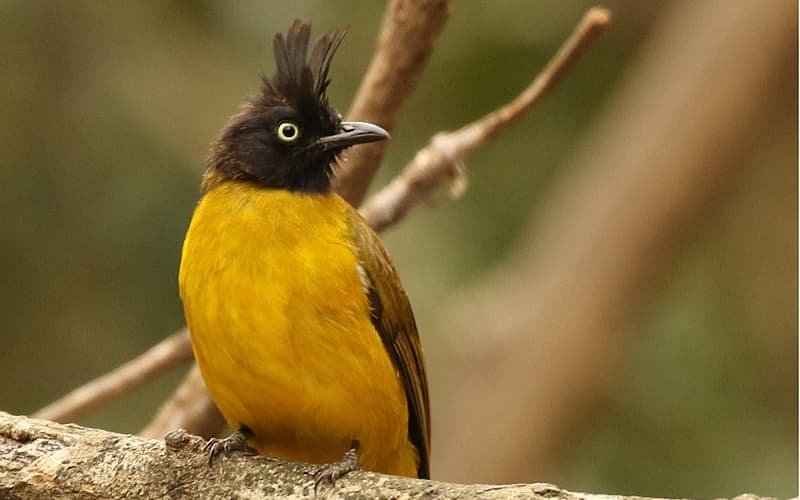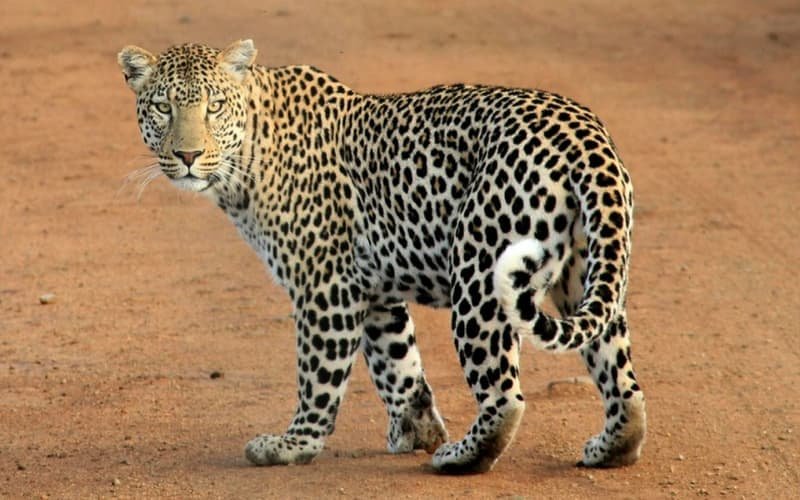Description of Bungarus Ceylonicus
The Bungarus Ceylonicus is a little and thin bird of prey. When the snake hatches, it is approximately 250 mm in length (9.8 in). With the top limit being 90 cm (35+12), the average adult length for this species is 75 cm (29+12) and the lower limit is 75 cm (29+12). Its black skin is crossed with thin white transverse bands that run the length of its body. This creature possesses an exceptionally long lung, which inflates when it is enraged.
Distribution and Habitat of Bungarus Ceylonicus
Bungarus Ceylonicus or Sri Lankan Krait is native to Sri Lanka and can be found in abundance in the central hilly regions of the island. It has been found frequently in Kandy and hilly areas of Uva Province, as well as in Peradeniya, Gelioya, Gampola, Nawalapitiya, Ritigala, and Balangoda, but has been found only rarely in low-lying areas.
It prefers leaf litter in forests, but it has been known to venture into human-made structures, where it has made itself at home in old masonry and crevices.
The Sri Lankan krait is a little and thin bird of prey. When the snake hatches, it is approximately 250 mm in length (9.8 in). With the top limit being 90 cm (35+12), the average adult length for this species is 75 cm (29+12) and the lower limit is 75 cm (29+12). Its black skin is crossed with thin white transverse bands that run the length of its body. This creature possesses an exceptionally long lung, which it inflates when it is enraged.
Behaviour of Bungarus Ceylonicus
The Bungarus Ceylonicus is a nocturnal and fearful creature. By day, it is quite slow and sluggish. While it may strike at night after severe provocation, it behaves completely differently during the day, frequently allowing itself to be handled or even bullied without retaliation.
When subjected to such harsh treatment, it normally does nothing more than puff out its lung to demonstrate its pain.
Reproduction
There are only a few specifics recorded. This species of Sri Lankan krait is an oviparous species. According to the evidence, either many females share a common nest or a single female lays her eggs in several batches, making the determination of clutch size difficult to determine with certainty. In shape, the eggs are cylindrical, with rounded ends, and they measure 30 mm (1+18 in) by 17 cm (5.8 inches).
Diet
Bungarus Ceylonicus mostly preys on small reptiles and frogs, as well as on small mammals such as rats. The lethal dose of venom is injected into the prey’s body just before it begins to consume the creature.
Venom
The venom of the Bungarus Ceylonicus snake is extremely strong and affects the central nervous system, gradually depleting it of its ability to function. When the respiratory system is repressed, death can result as an outcome. In order to avoid death within 12 hours after being bitten by this snake, it is imperative that the bite is treated as soon as possible.
Conclusion
In conclusion, the Bungarus ceylonicus, or Sri Lankan krait, is a unique and venomous snake found only in Sri Lanka. With its distinctive physical features and behaviors, it is both feared and revered by locals and visitors alike. However, it is important to remember that these snakes should be respected and left alone in their natural habitats. As responsible travelers, we must prioritize the conservation of these fascinating creatures and their habitats. By joining a responsible tour company like Ceylon Wild Tours, we can observe these incredible creatures in a safe and sustainable manner, while also contributing to their conservation.




Your article helped me a lot, is there any more related content? Thanks!